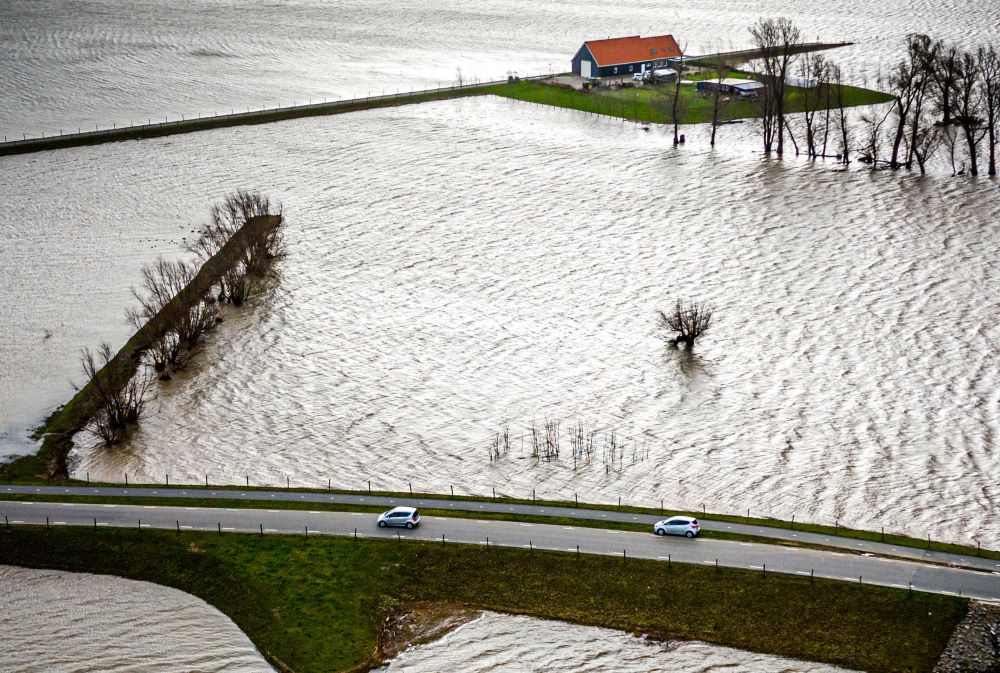
Extreme rainfall: plea for floodscapes
The low-lying lands of the Netherlands, Belgium, and parts of France have been under pressure in recent weeks due to continuous and intense rainfall, leading to the looming threat of floods or actual river overflow. As the Netherlands prepares for a week of precipitation and other European countries recover from floods, landscape architect and associate professor at the Strasbourg School of Architecture, Frédéric Rossano, continues to advocate for "floodscapes."
Water overload plagues Europe's low-lying countries
Dutch weather forecasts predict a week of continuous rainfall. Belgium, too, continues to experience the consequences of persistent rain, with water levels remaining extremely high. The incessant rain kept pouring, resulting in a constant threat for floods and necessitating evacuations. The northern regions of France have also faced flooding, with small rivers overflowing due to abundant rainfall. Once again, low-lying areas prove vulnerable to water, emphasizing the need for careful planning and adaptation.
Are "Floodscapes" the solution?
Frédéric Rossano shares his findings on "floodscapes" in the eponymous book. The term "floodscape" may seem contradictory at first glance: a flood spreads wherever gravity leads it, like a dark blanket over the familiar landscape. However, Floodscapes argues that the boundaries of a flood do not only need to be determined by the quantity or speed of water but also by a carefully designed landscape. In a "floodscape," space is made for flooding, risks are redistributed, and the use and legal status of flood-prone areas are reconsidered.
The historical relationship between humans and water
The book explores the historical relationship between humans and flood processes, from ancient myths to contemporary environmental policies, focusing on six projects in Switzerland, France, Germany, and the Netherlands. These projects demonstrate that ancient strategies can still be a source of inspiration in spatial design.
More than just a response to flood risks, these "floodscapes" contribute to repositioning natural processes within the shaping of the living environment. They introduce flexible and resilient landscapes that not only reduce the direct effects of a flood but also make them visible and acceptable. Floodscapes serve as reality checks, stimulating observation, fueling concerns about climate change, and thus strengthening the resilience of individuals, communities, and areas.
The transformation of river landscapes is an endeavor dependent on economic and political fluctuations, currently experiencing more downs. However, the pioneering work of the past 20 years points to a path of innovative adaptation strategies. This encourages stakeholders and regional planning architects to play an active role in creating a future-proof landscape.
Read more about Floodscapes and the role of landscape design in addressing flood risks in the book.

